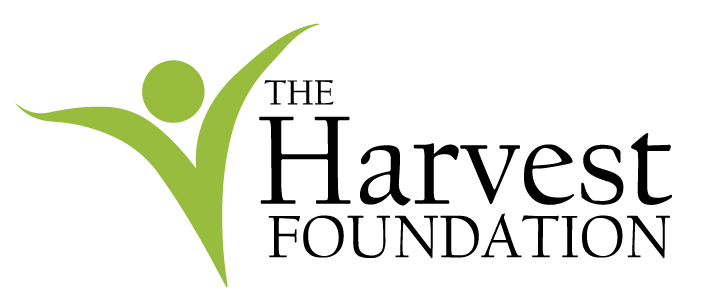From the desk of The Harvest Foundation Vice President, Community Investments, DeWitt House
When people ask why The Harvest Foundation is investing in housing, the answer is both simple and complicated: a community can’t thrive without a strong housing foundation. Without it, economic growth slows, students struggle, and long-term well-being becomes harder to achieve.
For years, Harvest has prioritized economic development, supporting efforts to bring jobs, rebuild our tax base, diversify industries, and strengthen Martinsville-Henry County’s long-term resilience. And those efforts have worked. Employers are growing. New companies are choosing our region. The job creation side of the equation is strong.
We found that even as new jobs arrived, the people we hoped would fill them weren’t putting down roots here. They were working in Martinsville-Henry County but living in communities with stronger housing options. Communities where they joined PTOs, coached little league, volunteered at churches, shopped at local grocery stores, and built the networks that turn residents into neighbors.
We were gaining jobs but losing people. And without people, we were losing human capital, community vitality, and generational investment. Families simply couldn’t find homes here that matched their needs or their budgets. Much of our housing stock was aging. Housing renovations often cost as much as the purchase price itself. Three-bedroom rentals, especially for families with kids, were almost impossible to find. And with limited options, new workers naturally moved to places where they could live comfortably and affordably.
By 2019, it became clear that if we wanted to protect our investment in economic development, we needed to address housing head-on.
That realization led to the 2019 Housing Summit, where nine projects emerged as priorities. Today, seven of those nine have been completed or are nearing completion, and two more are under consideration. The momentum is real, and so are the results. Today’s housing projects require multiple collaborators, multiple funding sources, and the flexibility to deploy different “tools” from Harvest’s toolbox depending on what each project needs.
Take the recent BB&T building redevelopment. That project came together because the Virginia Dept. of Housing and Community Development, Virginia Housing, the City of Martinsville, the developer MHC Historic Collective, and Harvest each brought something to the table, through gap financing, impact investment, grant dollars, expertise, and problem-solving capacity.
When developers at the Aaron Mills senior housing project discovered a massive sinkhole that threatened the entire project, Harvest stepped in with gap funding to help keep the project moving. The result? Fifty-two high-quality senior housing units, with the potential for a second phase.
Then there’s the Villa Heights Project on Stultz Road and the introduction of the Community Land Trust model, which is another creative tool to support long-term affordability and generational wealth.
Each project is different. Each requires a fresh mix of partners, financing tools, and community vision. And Harvest continues to ask: What new tools do we need? How can we leverage our dollars to bring in more? How do we build a stronger housing ecosystem and not just single projects?
As conversations about housing continue, it’s important to clarify what “affordable” means in our context. We’re talking about:
- Workforce housing for nurses, teachers, police officers, and advanced manufacturing workers;
- Family housing options for growing households;
- Housing for older residents who deserve comfort and security; and
- Low-income housing for those who need the most support.
Market-rate housing, especially for high-cost developments, remains a challenge, and Harvest continues exploring whether and how philanthropy should engage in that space. But for now, the bulk of our focus remains on workforce and under-resourced communities, where the need is highest, and philanthropic dollars can make the biggest difference.
I make the point often that affordable housing must also be quality housing. If it’s not safe, durable, and welcoming, then it doesn’t contribute to long-term community wellbeing. Affordability and quality must go hand in hand.
The City of Martinsville, Henry County, and the West Piedmont Planning District Commission (WPPDC) have been invaluable partners in advancing housing efforts across our community. They’re actively scanning for new sites, identifying opportunities, and collaborating closely with Harvest on future projects. And the need is urgent. Our region carries a significant amount of substandard housing, much of it beyond repair. Families deserve better. They deserve homes that are safe, dignified, and attainable.
There’s no expiration date on that commitment. This is ongoing work that requires creativity, persistence, meaningful partnerships, and a willingness to try new approaches.
We’re trying to get to a community where people choose to live and not just work. We want homes that are a source of stability, pride, and possibility. We want to see a community where economic growth is matched by connection and belonging. Housing plays a major part in how we get there. And it’s work we are proud to continue, together with our partners.


